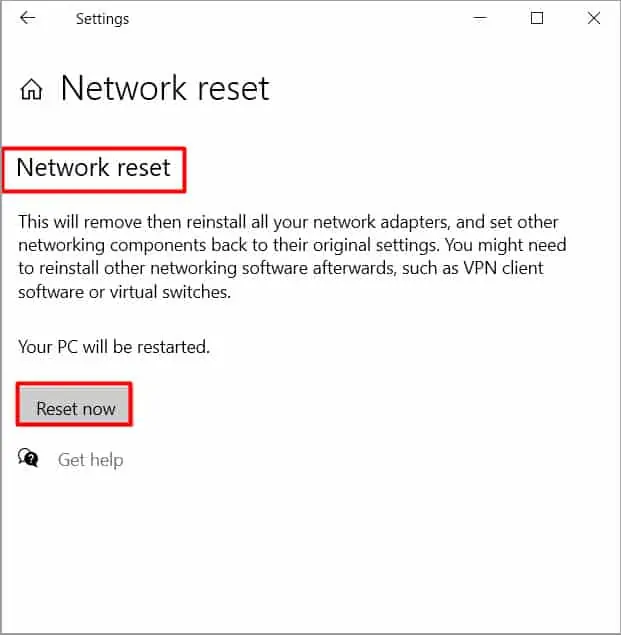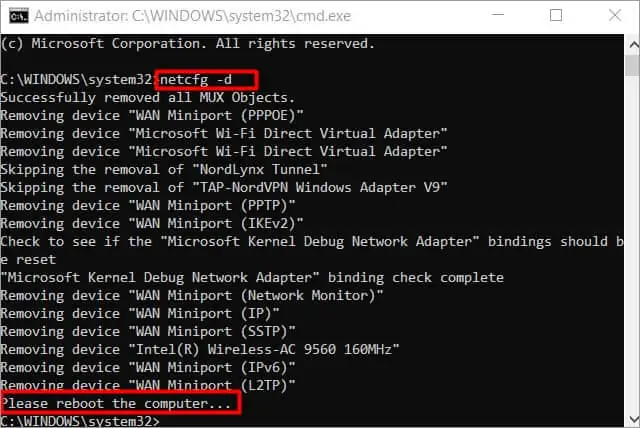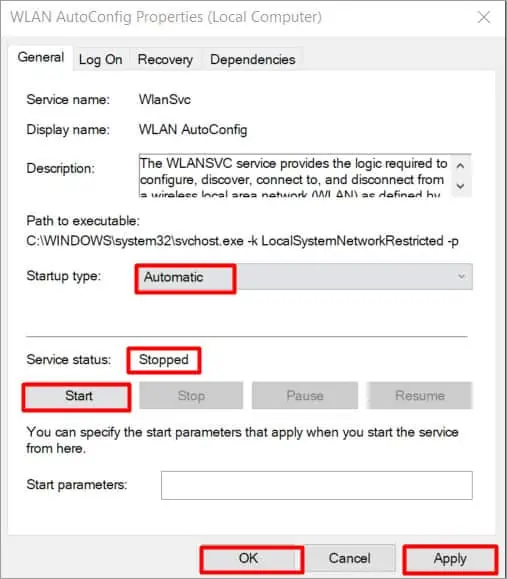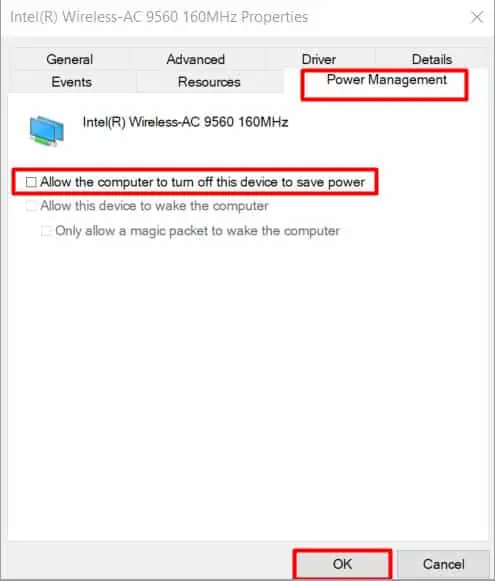Isn’t it frustrating when your Wi-Fi stops working? Or even worse, you notice that the wireless network adapter is completely missing from the system.
Generally, this type of issue is caused by the outdated device drivers and can be fixed by updating them.
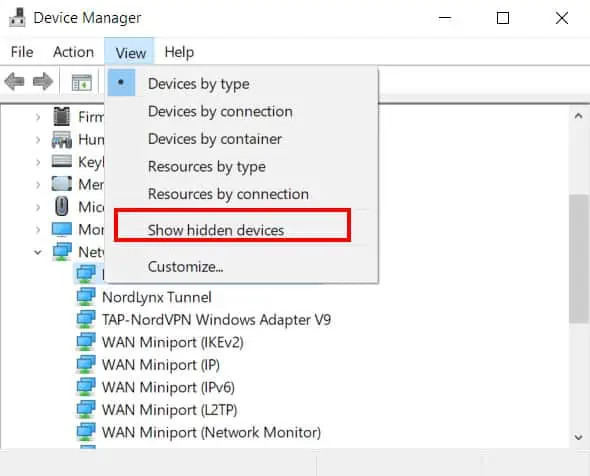
However, your adapter could be missing or not working for a completely different reason. So, let’s get right into the article to learn in-depth about your issue and how to fix it.
What Are the Causes for Missing Wi-Fi Adapter?
There are various reasons why your adapter is missing or not working. Here are some of the most common ones.
How to Fix a Missing Wi-Fi Adapter
Before you lose hope completely and think of replacing the Wi-Fi adapter with a new one, here are some methods that can fix this issue.
Unhide the Devices
Even though the Wi-Fi adapter is physically connected to your system, it’s rather not showing up because it is hidden in the device manager. Here’s how to find and unhide it.
Furthermore, you can right-click the device and select thePropertiesoption. Under theGeneraltab, you can view if the device is working properly below theDevice statussection.
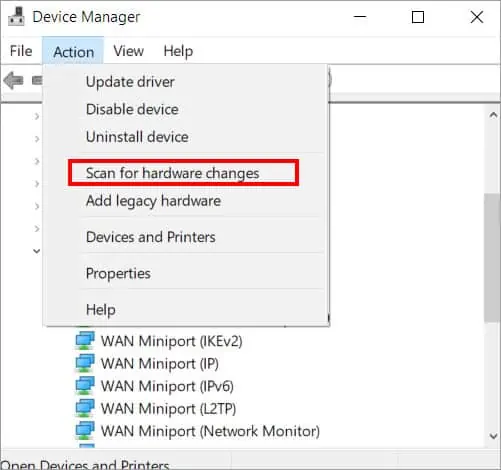
If the above fix doesn’t work then you can go through fixes like updating the device driver, resetting the network and various others as discussed in this article.
Update the Wireless Adapter Device Driver
The wireless adapter may be missing or not working due to anoutdated device driver. Here’s how you can update it to resolve the issue.
After the driver has been installed, you can selectScan for hardware changesfrom theActionmenu at the top. Check if the Wi-Fi Adapter is now visible.
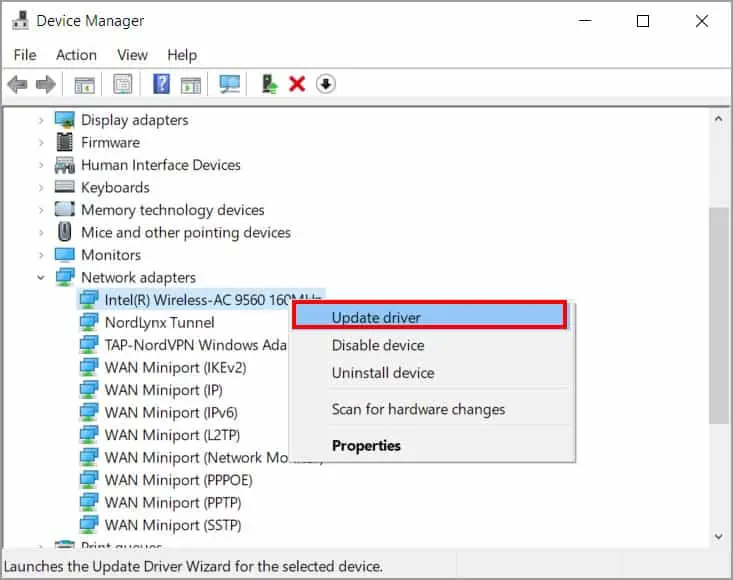
Reinstall Network Driver
Alternatively, you can try reinstalling the device driver from the device manager. Here’s how you can do it.
After you restart the PC, your operating system will automatically reinstall the device.
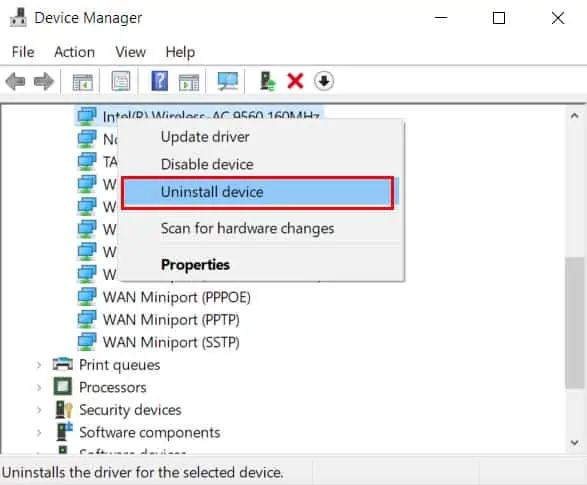
Run the Network Troubleshooter
you may try the Windows network troubleshooter and resolve the issue by following its instructions. Here are the steps to run the network troubleshooter.
you’re able to also run the network troubleshooter for all the network devices in general. For this, navigate toNetwork and Internet>Network and Sharing Centerand under the Change your networking settings, click onTroubleshoot problems.
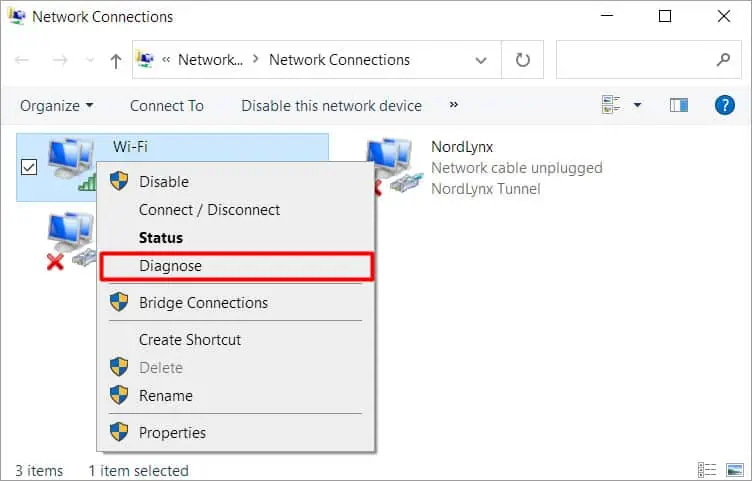
Perform a Winsock Reset
This method includes resetting Winsock using cmd command. Resetting WinSock will basically restore important network configurations to default which helps in resolving many network connection issues.
Perform a Network Reset
A network reset ejects all the installed network adapters along with their settings on the system. Once the system is restarted, the adapters are re-installed and their settings are set to default
This willrestart the PCso make sure to save all your important works before pressing the Reset now button.
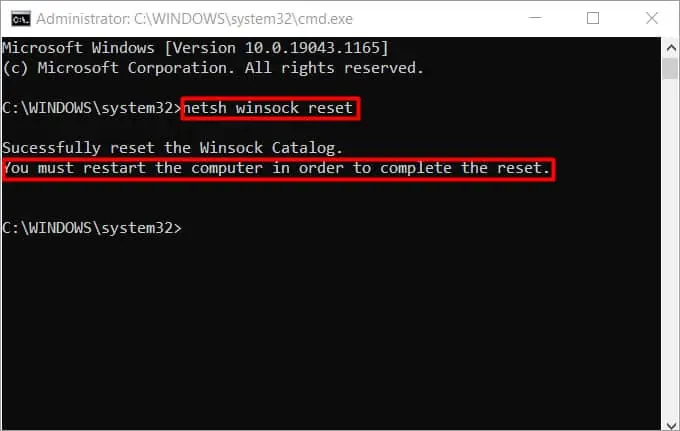
Perform a Cleanup Operation for Network Devices
This method includes cleanup for network devices.
You may require a reboot so please save all your necessary work before running the command.
Check Windows 10’s Background Services
Your Wi-Fi adapter could be not showing up or missing due to a background service which stopped working. You can follow the steps below to configure it properly.
Check Your Power Management Settings
If you are using a laptop, it could have turned off the adapter because of a configuration in Power Management. Your system does this to save power. Here’s what you can to disable the system from turning off the adapter.
Update the Router Firmware
Sometimes, it may be therouter that is causing problemthan the Wi-Fi adapter not working or missing. In this case, you can try updating the router firmware. Generally, you can find the necessary instructions to update the router firmware on its manufacturer’s website.
Check the NIC Card
There can be instances where you applied all the fixes above but were unable to see the adapter listed in the device manager. In these cases, your NIC card hardware is likely to be damaged or faulty. So your only option now is to either repair it or replace it with a new one.
